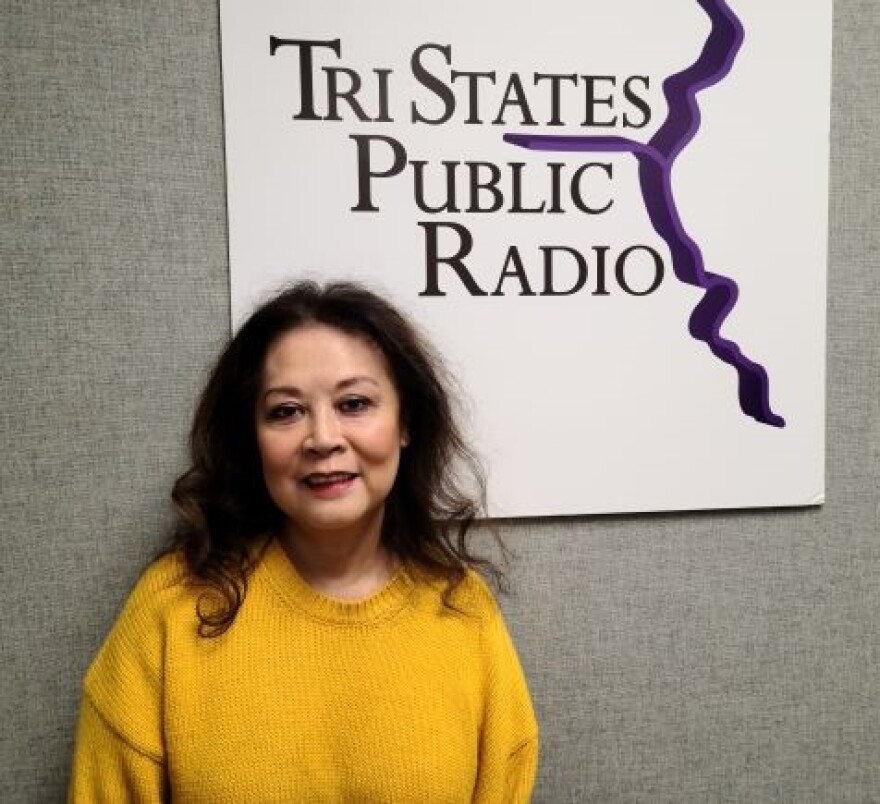The relationship between the West and the East has been turbulent from the start because it was founded on inequality. The European exploration and colonization of Asia that peaked in the 16th century was fueled by the pursuit of trade, the spread of religion and the desire for power and domination. Europe’s commitment to the trifecta of “Gold, God, and Glory” was so entrenched that even now, close to 80 years after the decolonization of Asia, the effects of western imperialism is still felt.
The unusualness of the East was met with both fascination and revulsion by its western colonizers. Accounts about Asia from European explorers to American soldiers helped shape western attitudes towards Asians and led to some harmful stereotyping. Fictionalized, oversimplified, and demeaning characterizations of Asians soon appeared in western novels and plays, and later, in films and television. They were often portrayed as either vulnerable and weak or cunning and dangerous. The Lotus Blossom, The Dragon Lady, the emasculated nerd, and the Kung Fu master assassin have become familiar western literary and media tropes.
The power of movies, television, and news is stupefying. Because of its sway, what the media delivers matters significantly. Repeated simplistic and disparaging depictions of Asians are not only blows to their individual and collective self concept and self worth, but they also give rise to misguided societal schemas about Asians that are reductive and even deadly.
Hollywood has long been culpable in the perpetuation of stereotypical, often offensive portrayals of Asians such as Mr. Yunioshi in Breakfast at Tiffany’s, or the twins from Austin Powers. From the 1920s onwards, yellow face was the norm in American films and television shows that featured Asian characters. Yellow face is the practice of white actors wearing yellow make up to play Asian roles, Boris Karloff as Fu Manchu for instance. Today it is white washing, which is the alteration of a role originally intended for an Asian so that it can be played by a white actor. Scarlett Johansson in Ghost in the Shell is an example of this.
Why yellow face and white washing? It’s economics. White audience prefers to see white actors and since 54 % of the movie going public is white, what it wants to see drives what producers and investors green light.
But to keep ignoring the rich diversity of the Asian people by portraying them as one-dimensional characters, to keep practicing yellow face and white washing in exchange for a nod and a dollar are acts of injustice in the media that reveal the feeling of superiority the West still has over the East, that lay bare the absurdity of discrimination and the immorality of racism.
So, what can be done? As consumers, we can call out the complicity of the powers that be in the media industry in how, by their decisions, they promote a racist outlook. We can prevail upon the writers, directors, and actors themselves to create even-handed, authentic, and dynamic representations not only of Asians but of all marginalized groups so that we can appreciate the strength and beauty of our differences from a point of equality and from there, find a common ground.
In the end it is about, in Edward Said’s words “the slow working together of cultures that overlap, borrow from each other and live together in far more interesting ways.”
Maureen Marx is retired from Western Illinois University, where she was chair of the Speech Pathology and Audiology Department. She is now a volunteer and community activist.
The opinions expressed are not necessarily those of WIU or Tri States Public Radio.
Diverse viewpoints are welcomed and encouraged.


